Meteor Shower That Looks Like the “Sky Raining Blood” Peaks Saturday—How to See It
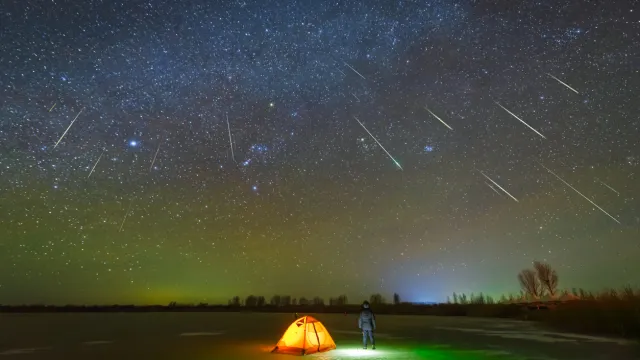
Unlike some major celestial events such as a passing comet, meteor showers stand out for being the kind of spectacle anyone can enjoy. Some of the annual events are notable for how active they are, producing dozens of bright streaks across the sky every hour. Others are famous for how stunning they can appear to viewers. And this weekend, a meteor shower that’s been described as looking like the “sky raining blood” will hit its peak. Read on for more information about how you can see it for yourself.
READ THIS NEXT: The Next Total Solar Eclipse Will Be the Last Until 2044, NASA Says.
The annual Lyrid meteor shower is now taking place.
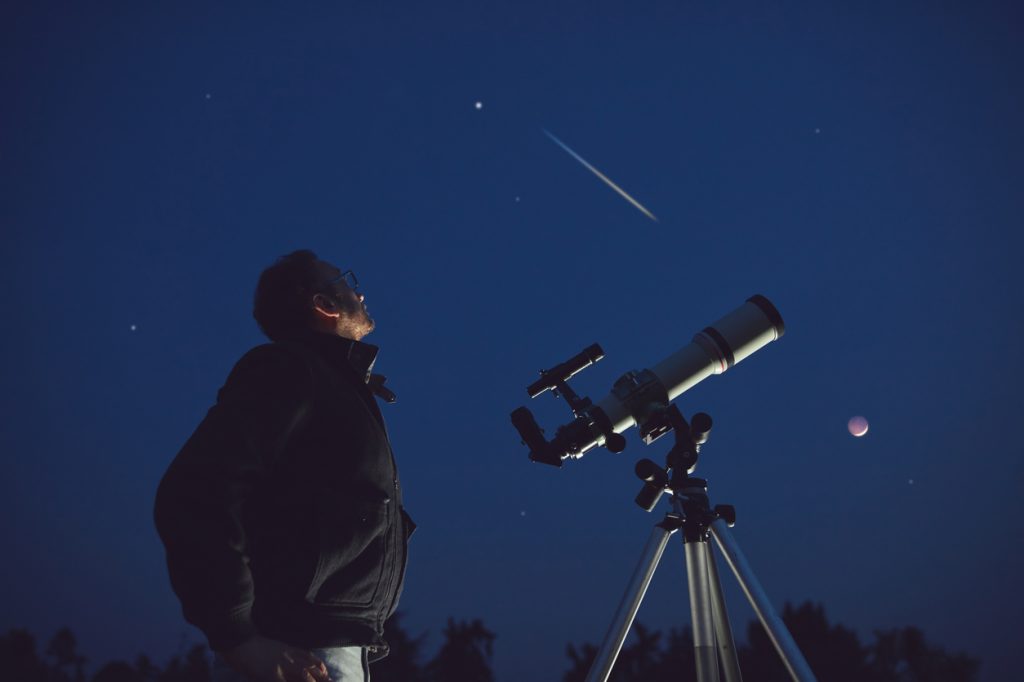
Amateur astronomers might want to take some time to look up at the night sky this week. The annual Lyrids meteor shower is now underway, creating a dazzling show above that will increase in intensity until this weekend, according to NASA.
The display begins in late April each year as Earth passes through the debris trail left behind by comet C/1861 G1 Thatcher, which circles by our planet roughly every 400 years. Like other meteor showers, the tiny particles of dust and rock collide with the atmosphere and burn up bright as they fall. But unlike other major annual showers where “shooting stars” create long streaks across the sky, the Lyrid meteor shower creates shorter bright blasts known as a “fireball,” per NASA.
The annual spectacle is one of the oldest recorded meteor showers.
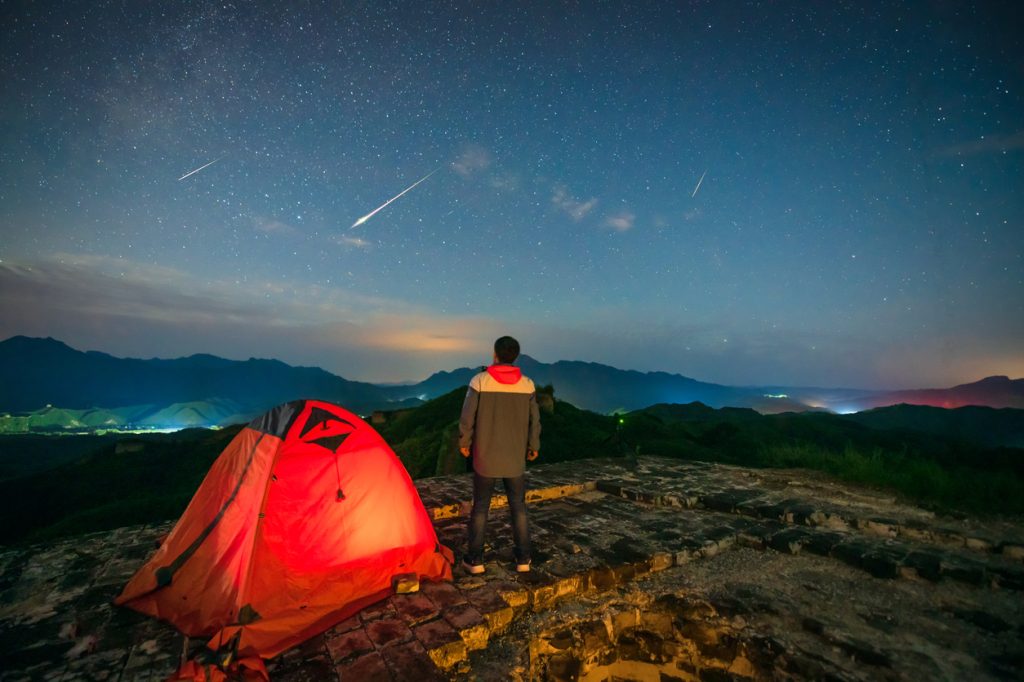
Besides its unique display, the Lyrids also stand out as one of the oldest meteor showers in recorded human history. The earliest sightings date back to 687 BCE in China, according to NASA. In the more than two and a half millennia since then, experts say some years have put on memorably dramatic shows for viewers.
Recorded descriptions of Lyrid meteor showers in the past from China and Korea have said the flashes appear to be red in the sky, according to William Cooke, lead for NASA’s Meteoroid Environment Office. And during the display in 582 CE, French monks described the spectacle as the sky raining blood.
“Maybe when people go out, they should look for reddish meteors,” Cooke told Fox Weather. “I don’t know—the sky raining blood sounds pretty dramatic to me.”
RELATED: For more up-to-date information, sign up for our daily newsletter.
There’s always the chance that the Lyrids could take us by “surprise.”
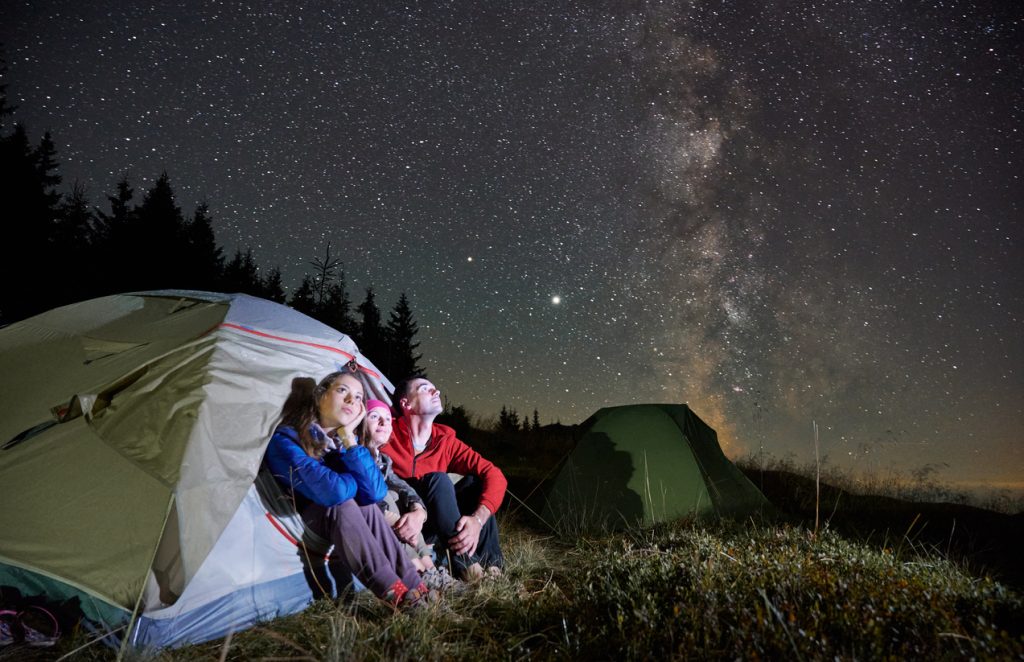
While the Lyrids are already on display, the meteor shower is still ramping up. Activity will peak this Saturday, bringing anywhere from 10 to 20 meteors per hour.
Even though optimal viewing in each location will always come down to local weather, this year’s Lyrids have one distinct advantage that will enhance the experience. Since the moon is only in a slim crescent phase, it will cast less light into the night sky, making it much easier to pick up on the flashes expected to cross above.
Cooke also points out that even though the meteor shower isn’t usually as active as the Leonids or Perseids later in the year, the Lyrids can still exceed expectations. Notably, the event saw five times as much activity in 1982, 1945, and 1922, when as many as 100 meteors were counted per hour, according to NASA.
“Every so often, this meteor shower will surprise us,” Cooke said. “So every year when the Lyrids roll around, I wonder if they’re going to surprise us in terms of rates.”
Here’s the best way to spot this year’s Lyrid meteor shower.
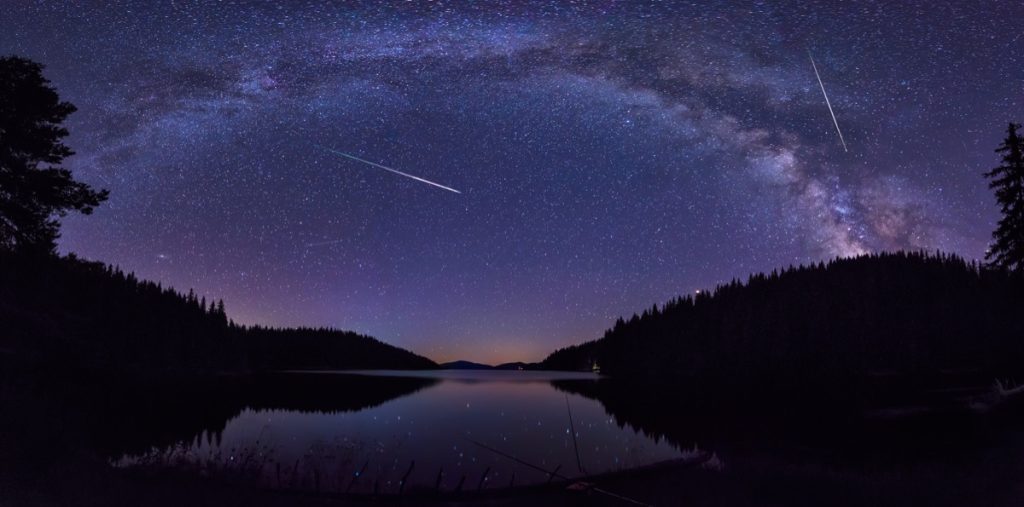
If you want to get the best viewing experience with the Lyrids this year, you might want to block off some time this weekend. The best viewing hours will begin at 10:30 p.m. on Saturday and extend through the night until the early pre-dawn hours, Cooke tells Space.com.
The Lyrid meteor shower is named for its “radiant” in the cancellation Lyra, meaning most of the meteors appear to emanate from this portion of the sky. You can locate it by finding the star Vega, which appears as one of the brightest objects in the sky, according to NASA. However, “shooting stars” will be visible throughout the night sky.
The best viewing environment will be free from light pollution, ideally away from city or town lights that can make it harder to see the flashes above. Plan on bringing a blanket or chair that will make it easy to lie comfortably on your back and take in as much of the night sky as possible, ideally with your feet facing east, NASA suggests.
It can also help to plan ahead. According to Cooke, your eyes will need about 30 minutes to adjust to the darkness, meaning you should also avoid artificial light sources. “The cell phone screens are bright, and it will ruin your night vision,” he told Fox Weather.